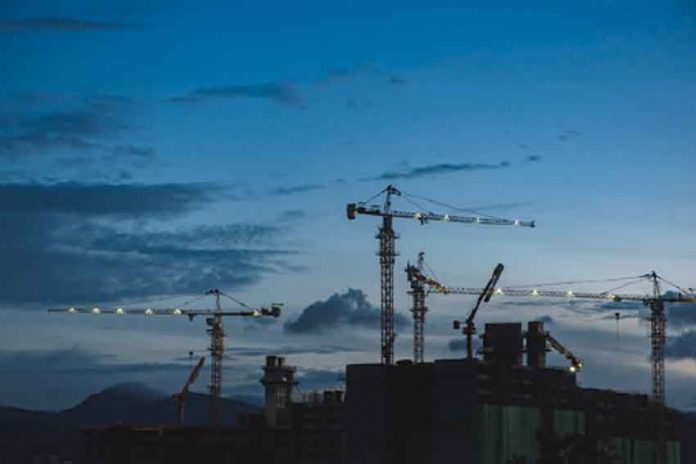Construction projects pose a unique combination of safety challenges to site operations. There are a range of hazards present on site at any given time, and working arrangements can be complex. In the construction industry in 2020, according to the HSE, around 81,000 workers were suffering from work-related ill health. This has ethical consequences, but also financial ones, since workers who are laid off cannot contribute their labour.
These safety challenges become more pressing when night-time working is taking place. Given the lack of visibility, and the sleep deprivation that can result from unsociable hours.
Why work at night?
So why do construction projects go ahead at night time at all? There are a few advantages to working under cover of darkness.
To begin with, it’s colder at night-time. In certain climates, this means that night-work is essential, for the avoidance of heat-stroke, exhaustion and other serious conditions. This is more of a consideration in tropical countries than it is in temperate ones like the UK – but we should still be aware of the dangers of a summer.
Less Traffic
For construction projects set to cause disruption to traffic, it makes sense to carry out work when traffic is at its lowest possible level. This way, you can block off more lanes, and thereby increase the distance between workers and passing vehicles.
Faster Work
Working at night-time can allow work to be completed much more quickly. This applies especially in cases where work needs to be arranged to accommodate the continued functioning of a given facility. So, for example, a shopping centre might be open to the public during the daytime, but closed for construction work at night.
Keeping Safe at Night
There are several ways we might help to prevent workplace accidents at night-time. Let’s take a look at a few of them.
LED Lighting
When workers are able to clearly see one another, and the work that’s being carried out, they’ll be much less likely to accidently cause an injury. Nowadays, industrial LED lighting is more powerful and affordable than it ever has been, making floodlights an easy solution for site operators.
High-vis clothing
Reflective and fluorescent clothing is a simple way of ensuring that workers can be seen, even in less-than-ideal lighting conditions. Of course, clothing of this sort is only useful if workers are actually wearing it – which makes it essential that policies are put in place to ensure that this happens.
Sleep Hygiene Policies
Tired workers are more likely to commit errors that lead to accidents. Plus, they’re likely to be less productive overall. Putting in place rules designed to restrict working hours will help you to avoid fatigue-related problems.
Night work is an essential part of modern construction, and with a few judicious investments and policy changes, it can be made as safe as the daytime equivalent.

